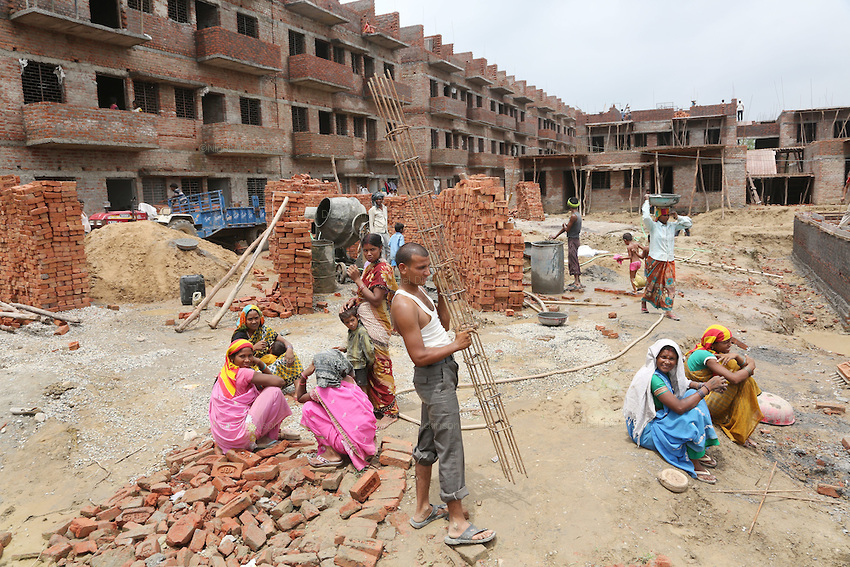Today the Indian construction industry contributes around 8% to the national GDP and employs more than 45 million people across India. This important pillar of the economy is in a growth phase and expected to employ around 67 million people by 2022.
However when we look at the landscape of the Indian construction industry, it is easy to notice how fragmented it is. There around 31,000 formal construction businesses.
| 29,600 small scale enterprises | Less than 200 employees |
| 1,050 medium scale enterprises | 200-500 employees |
| Around 350 large enterprises | 500+ employees |
Additionally there are 120,000 unorganized contractors. These are primarily standalone contractors operating at small scale. The numbers clearly speak of how fragmented the industry is. But can we expect for that to change anytime soon?
Recently a WorkPack client – who happens to manage one of those 29,600 small scale construction companies from a tier II city – remarked that from now on we will be seeing more of the larger, more complex projects in housing – even in tier II cities.
This prompted the question why is this industry so much fragmented in the first place? And are we really going to see some degree of consolidation for building bigger?
Digging a little deeper reveals that the construction industry has remained fragmented till date for reasons rooted deep in the industry economics.
Low barriers to entry
Housing construction projects at local levels offer numerous opportunities for new aspiring contractors to enter the business by putting together a little capital and few men with experience.
Lack of economies of scale
Having bigger teams does not necessarily produce any significant advantages as projects over a range of different scale are to be bid for.
Absence of experience curve
It is also not possible for bigger and older firms to have significant business advantage on account of their greater cumulative experience for MOST construction projects. However when it comes to larger, complex projects and those requiring usage of new technologies, larger firms have a decisive advantage.
Diseconomies of scale
Construction projects are labor intensive. More than 83% of the workforce is unskilled labor. Construction is a seasonal employer for most of these laborers. Having a larger labor force on payroll does not provide significant competitive advantage but it definitely increases the overhead costs. Smaller contractors have smaller overhead costs and can actually operate with better efficiency.
High inventory costs
Maintaining material or real estate as inventory is highly expensive. It puts a huge strain on even the larger players. Easier availability of capital has allowed larger firms to hold up significant inventories for past few years. But lower demand in recent times has put the industry under a strain and smaller developers have struggled most.
What to expect in years ahead?

In recent years the Indian construction industry has been attracting increasing levels of investments. With growing investments, developers have increased capacity to hold inventories. This in turn means developers will be gunning for bigger and more complex projects.
In that case, experience curve of bigger and more experienced developers will be the decisive factor for executing these bigger projects.
Also bigger housing projects also provide certain advantages of scale – for example the ability to define a neighborhood and create a better brand through scale.
These large scale projects are still quite few considering the extent of construction industry. But trend of increasing investments in construction gives us an idea of what to expect.
Do you think this is a realistic and reasonable trend? And how would it affect your business? Your opinions are welcome in the comments section below.
If you are already executing construction projects – big or small – we have a project & document management solution you would like. Check out more details in the product section of WorkPack.



No Comments